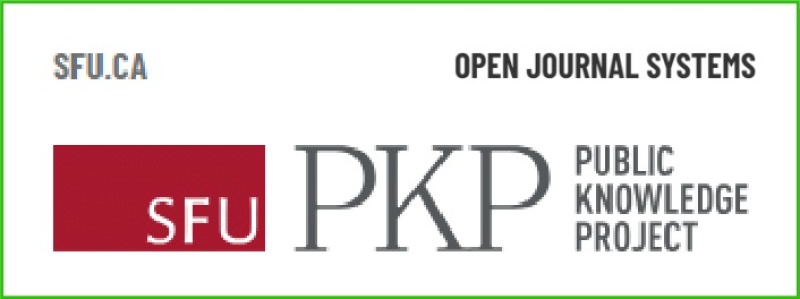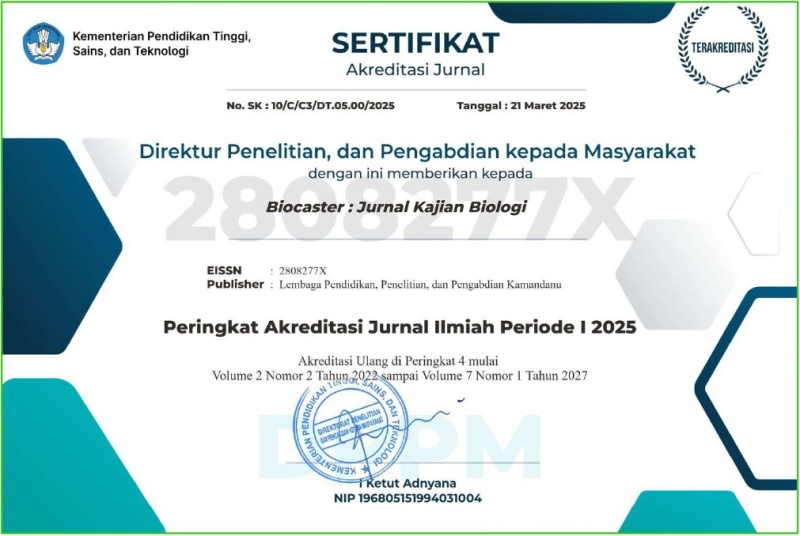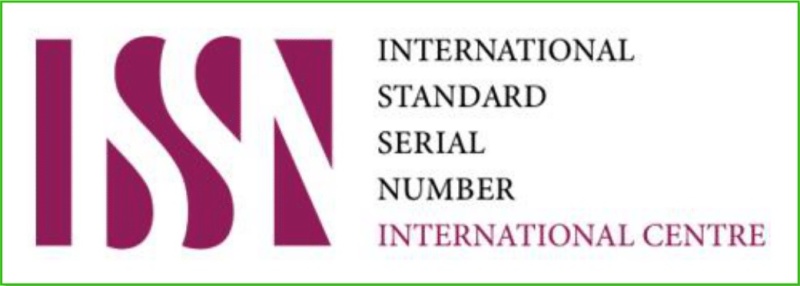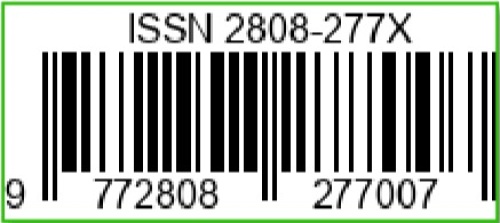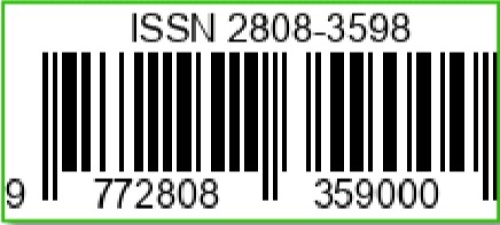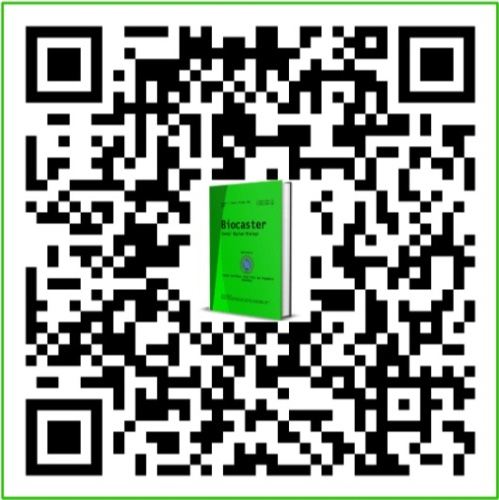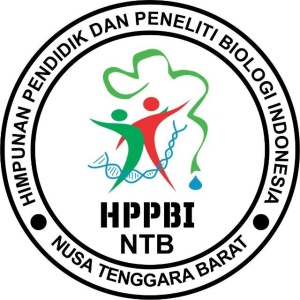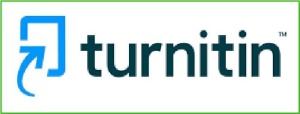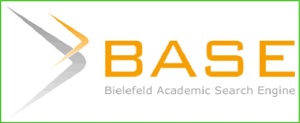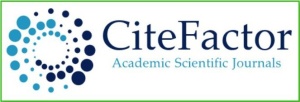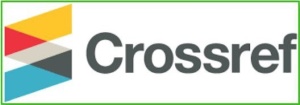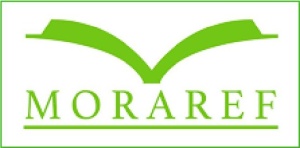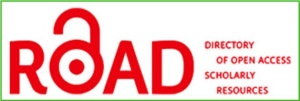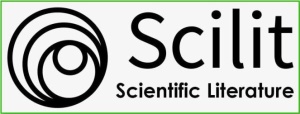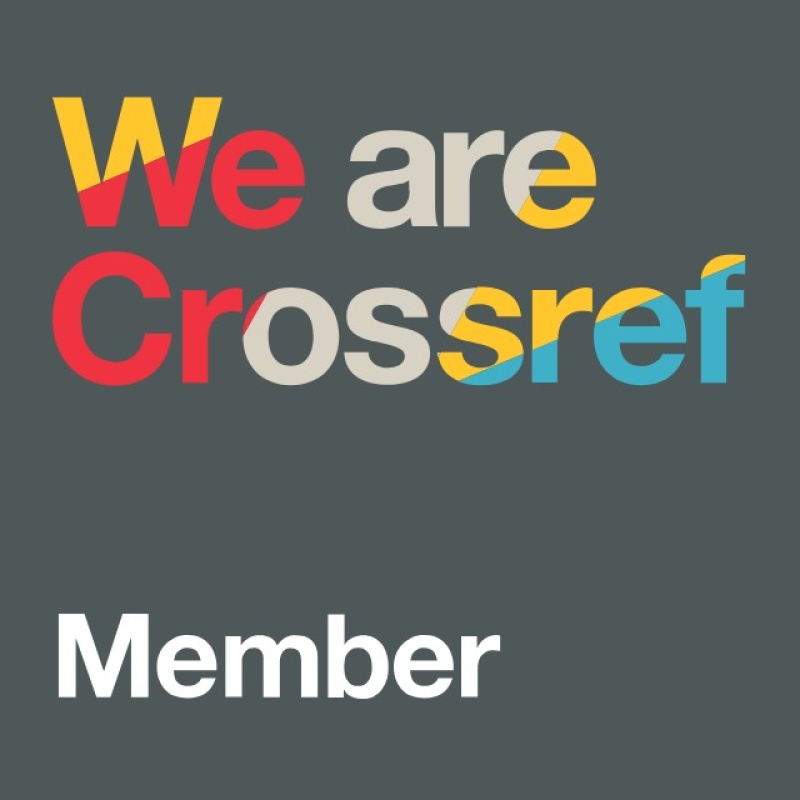Analisis Kemampuan Kognitif Peserta Didik Melalui Model Pembelajaran Problem Based Learning
DOI:
https://doi.org/10.36312/bjkb.v1i1.21Keywords:
Cognitive Ability, Problem Based Learning.Abstract
This study aims to obtain information about the use of Problem Based Learning model to increase students' cognitive abilities. The research method used is a quasi-experimental One Group Pretest-Posttest Design, with the research subjects of 31 students of class X at SMA Citra Bangsa Makassar. Students are divided into three categories of ability groups, namely: high, medium and low based on the average value of daily tests. The instruments used were multiple choice written tests, essays, observation sheets, and interview guide questionnaires. The increase in learning outcomes is calculated using the gain normalization formula and the average N-Gain relationship test. The results showed that this learning model showed a significant increase in student learning outcomes with an average N-gain percentage of 65.33% for all students. The highest increase in learning outcomes was achieved by students in the high category (N-gain = 68%). The students gave positive responses to learning, and they felt happy and motivated in participating in learning using the implemented learning model.
Downloads
References
Akinoglu, O., & Tandogan, R. O. (2007). The Effects of Problem-Based Active Learning in Science Education on Students’ Academic Achievement, Attitude and Concept Learning. Eurasia Journal of Mathematics, Science & Technology Education, 3(1), 71-81. https://doi.org/10.12973/ejmste/75375
Arends, R. (2012). Learning to Teach. New York: McGraw-Hill.
Arikunto, S. (2012). Dasar-dasar Evaluasi Pendidikan. Jakarta: PT. Bumi Aksara.
Arnyana, I. B. P. (2006). Pengaruh Penerapan Strategi Pembelajaran Inovatif pada Pembelajaran Biologi terhadap Kemampuan Berpikir Kreatif Siswa SMA. Jurnal Pendidikan dan Pengajaran IKIP Negeri Singaraja, 3(6), 496-515.
Barell, J. (2006). Problem Based Learning: An Inquiry Approach. California: Corwin Press.
Dewi, R. S., Haryono., dan Utomo, S. B. (2013). Upaya Peningkatan Interaksi Sosial dan Prestasi Belajar Siswa dengan Koloid di SMAN 5 Surakarta Tahun Pelajaran 2011/2012. Jurnal Pendidikan Kimia, 2(1), 15-20.
Hake, R. R. (1998). Interactive-Engagement Versus Traditional Methods: A Six-Thousand-Student Survey of Mechanics Test Data for Introductory Physics Courses. American Journal of Physics, 66(1), 64-74. 10.1119/1.18809
Muntaha, A., & Hartono. (2013). Pengembangan Perangkat Pembelajaran Model Problem Based-Learning untuk Meningkatkan Kemampuan Berpikir Kreatif. Journal of Primary Educational, 2(2), 115-119. 10.15294/JPE.V2I2.2985
Ornellia, H. (2009). Penerapan Self Assessment dalam Menilai Laporan Siswa SMA pada Praktikum Penjernihan Air. Skripsi. Universitas Pendidikan Indonesia.
Sanjaya, W. (2006). Strategi Pembelajaran Berorientasi Standar Proses Pendidikan. Jakarta: Kencana Prenada Media.
Tan, O. S. (2009). Problem Based Learning and Creativity. Singapore: Cengage Learning Asia Pte Ltd.
Undang-undang Republik Indonesia Nomor 20 Tahun 2003 tentang Sistem Pendidikan Nasional. 2003. Jakarta: Pemerintah Republik Indonesia.
Wulandari, W. (2011). Problem Based Learning untuk Meningkatkan Keterampilan Berpikir Kreatif dan Penguasaan Konsep Siswa pada Materi Larutan Penyangga. Tesis. Universitas Pendidikan Indonesia.

Downloads
Published
How to Cite
Issue
Section
License
Copyright (c) 2021 Suriani Inna & Asta Karlina

This work is licensed under a Creative Commons Attribution-ShareAlike 4.0 International License.
-
Attribution — You must give appropriate credit, provide a link to the license, and indicate if changes were made. You may do so in any reasonable manner, but not in any way that suggests the licensor endorses you or your use.
-
ShareAlike — If you remix, transform, or build upon the material, you must distribute your contributions under the same license as the original.

